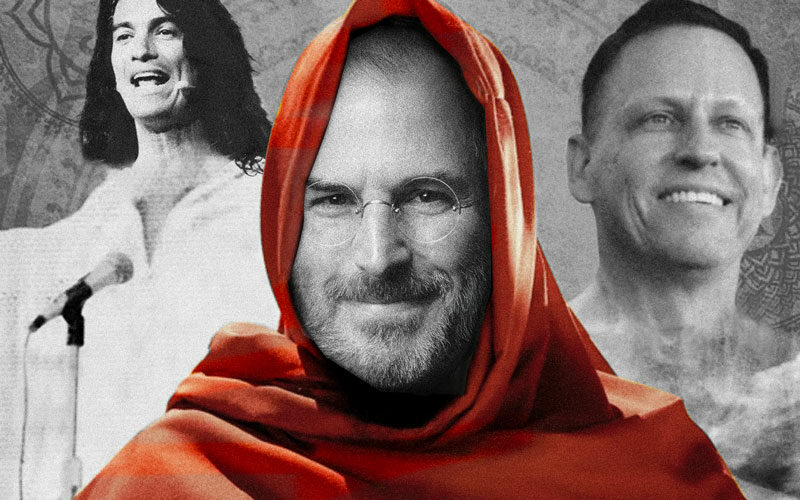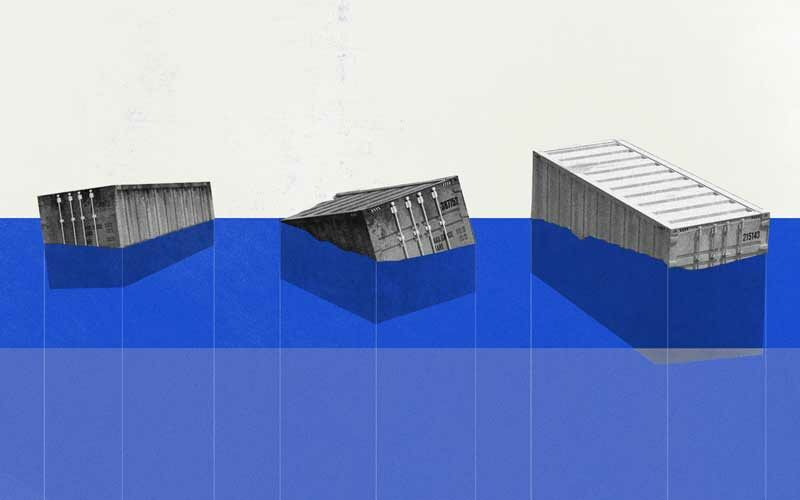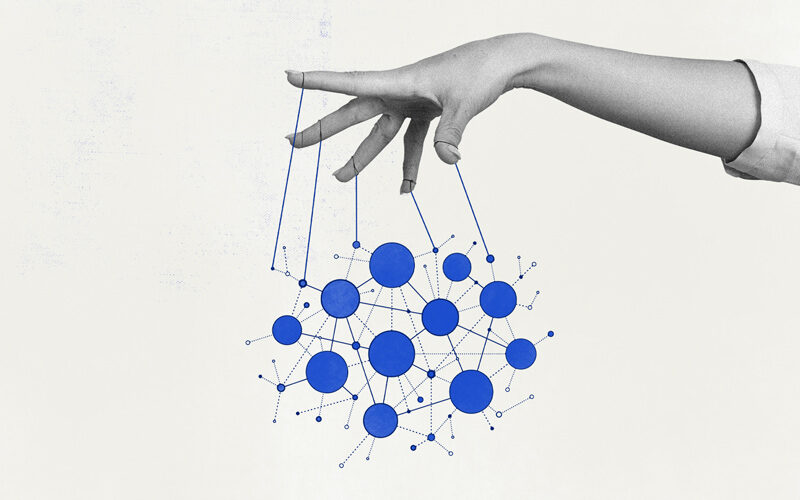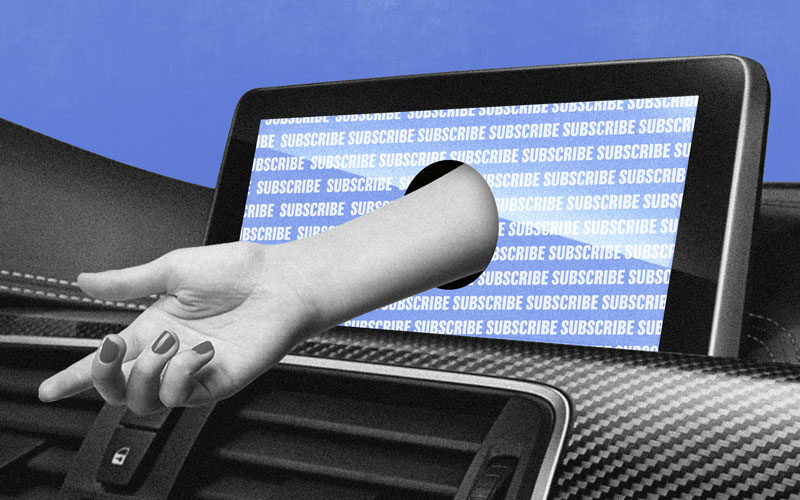Alphabet (but forever known as Google in our hearts and minds) is the fourth most valuable company in the world.
Its digital products – Search, Ads, and the Google Suite are household names at home and default choices in the workplace.
Maps literally changed the way we move around the world. Google Flights and Google Hotels have rapidly outmanoeuvred Skyscanner and Booking.com.
But its physical products suck.
September 2022 saw the axing of the Google PixelBook and, as wryly predicted by Alpha-sceptics everywhere, Stadia.
These latest additions to the Google graveyard join Google Glass, Nest Secure, Google+, and Chromecast. GDPR is wreaking havoc on its acquisition of Fitbit.
The average lifecycle of an Alphabet product is a modest 4 years.
Google is notorious for killing products, often keeping the reasons in a shroud of mystery – even internally. In fact, they’ve killed so many, there’s a website dedicated to it – aptly called killedbygoogle.com.
How does a 25 year old company with a market cap of $1.2 trillion fail so often, and so spectacularly?
Or are its failures the secret to its immortality?
Failing fast
Like most tech/engineering firms of the modern day, Google operates in an Agile format.
This means short innovation cycles, high value placed on the next big product, and high pressure on engineers.
For devs trying to climb the ladder, it also means shipping a new product is infinitely more valuable than maintaining existing ones. At a world-class, top talent innovation hub like Google, no one wants to be the guy who oils the wheels. Products mean promotions.
To work as top developer talent for a world-leading tech company means to come up with something new, scrap it if you can’t get it ready in a quarter, and you’re fired if it fails.
In a cruel kind of way, it makes sense for Google’s business model. Vast companies have vast targets. If a product can’t make $100 million or hook a 100 million users, it’s a non-starter.
Then there’s the management. Stadia product lead Phil Harrison has been described as a “baffling” appointment; a man hired to fix Atari’s losses of USD $72 million and almost quadrupling them to $320 million, and who “spent the better part of two decades failing consistently upwards”.
Big Tech leadership is full of personality hires, from the charismatic to the outright narcissistic, who promise bosses the world and end up delivering dust.
It’s a mixed bag of pluses and minuses.
Inspiring innovation cultures. World-changing ideas that are pressure-cooked into existence. Stratospheric success to the tune of $200 billion a year. The ability and the awareness to rapidly pivot or scrap if something’s headed down a dead end.
For all the GDPR troubles, Google also does acquisitions well. With an M&A playbook that favours entrepreneurial spirit and user experience, Google has deftly taken Android, Waze, and YouTube into profitable extensions of the Google family.
Of course, you can’t get away with all this failing completely scot-free. The casualty is always customer trust.
Battle lines are deeply entrenched in Big Tech, and customers sick of the lack of updates or discontinued product lines will be quick to swear off all products out of spite.
Doing it the hard(tech) way
Even if it’s possible to do both the digital and the physical, it’s much harder to get funding for the latter.
The stakes are much higher, for incumbents and startups alike.
Gut wrenchingly expensive equipment can break. Supply chains can break down. Workers can be injured. Labs, manufacturing facilities, and warehousing are required.
The recurring revenue that’s made ethereal, cloud-based SaaS the investor’s darling is harder to achieve. Path Robotics founder Andrew Lonsberry was once told by VCs: “if you’re trying to talk about a one-time purchase, get out of here”.
Naturally, high overheads mean slimmer profit margins.
This is often where R&D-minded government grants come in, as opposed to VCs. A long slog to apply for, but no equity dilution necessary.
People don’t reserve much affection for corporations, and we love to cry “fail!” when they f*** up.
What the average consumer doesn’t know is that failure is not in the vernacular of major scale innovators. Instead, they call it trying, learning, and reengineering. And then having the sense to call time when it hits a dead end.
It’s what Google’s ex VP of Sales Jon Kaplan calls “a test and learn culture”.
Founders will do well to redefine the F word, and do it as much as possible (fail, that is).











